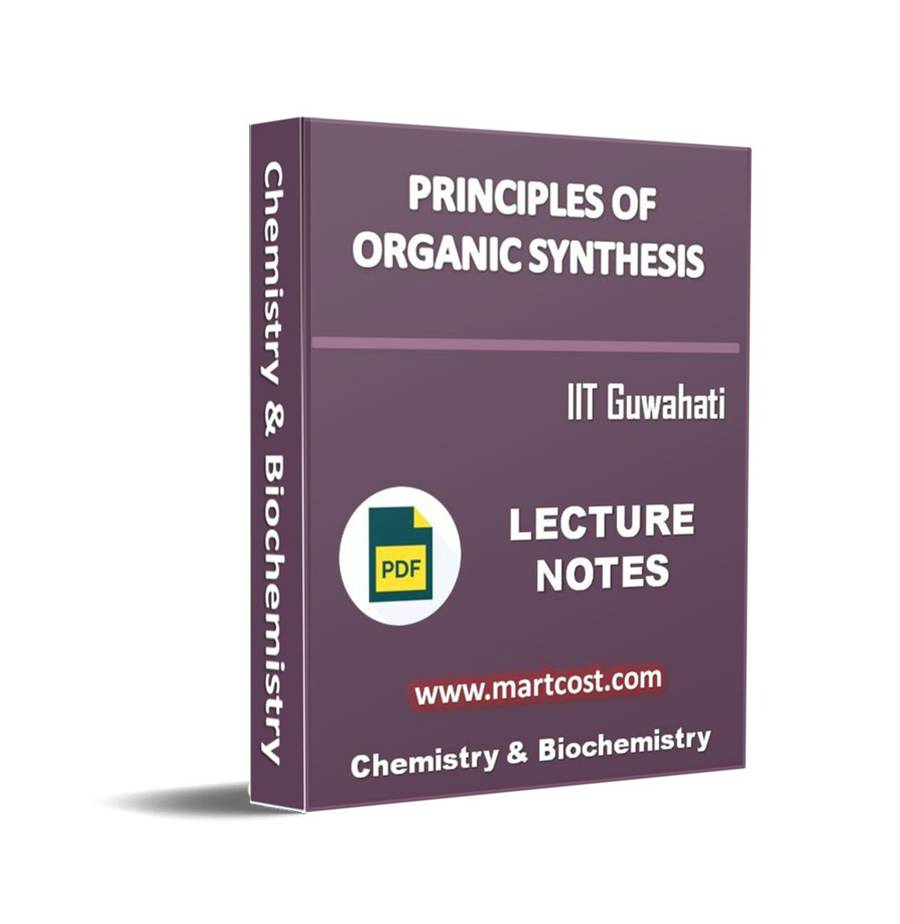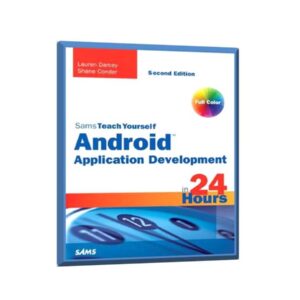Description
Name of Notes : – Principles of Organic Synthesis Lecture Note
Introduction
Modules / Lectures
- Formation of Aliphatic Carbon-Carbon Bonds: Base Catalyzed Reactions
- Formation of Aliphatic Carbon-Carbon Bonds: Acid Catalyzed Reactions
- Organometallic Reagents
- Formation of Aliphatic Carbon-Nitrogen Bonds
- Electrophilic Aromatic Substitution
- Aromatic Nucleophilic Substitution
- Aromatic Diazonium Salts
- Molecular Rearrangements
- Free-Radical Reactions
- Phosphorus-Containing Compounds
- Transition Metal Catalysis
- The Synthesis of Some Naturally Occurring Compounds
- Solutions






Reviews
There are no reviews yet